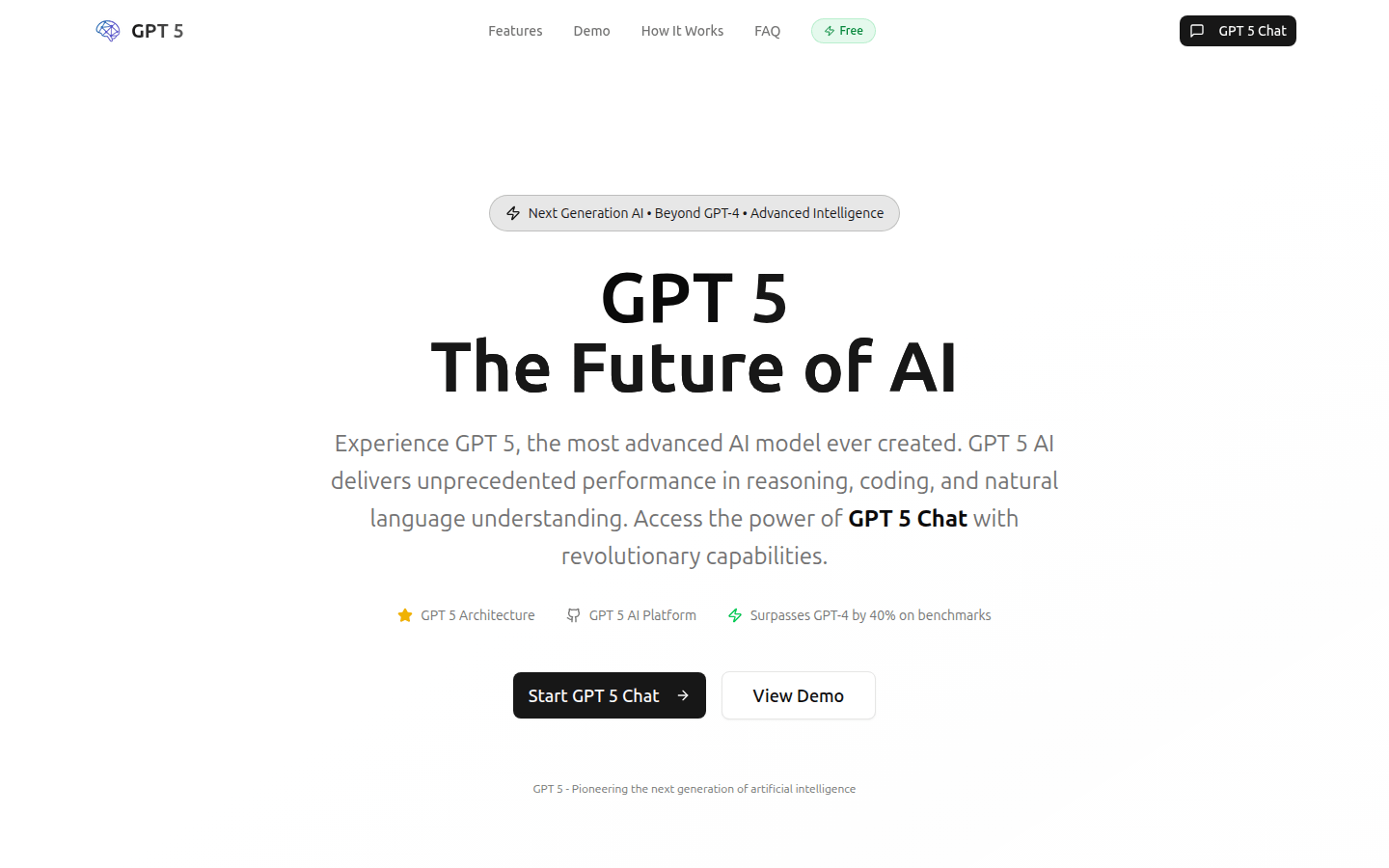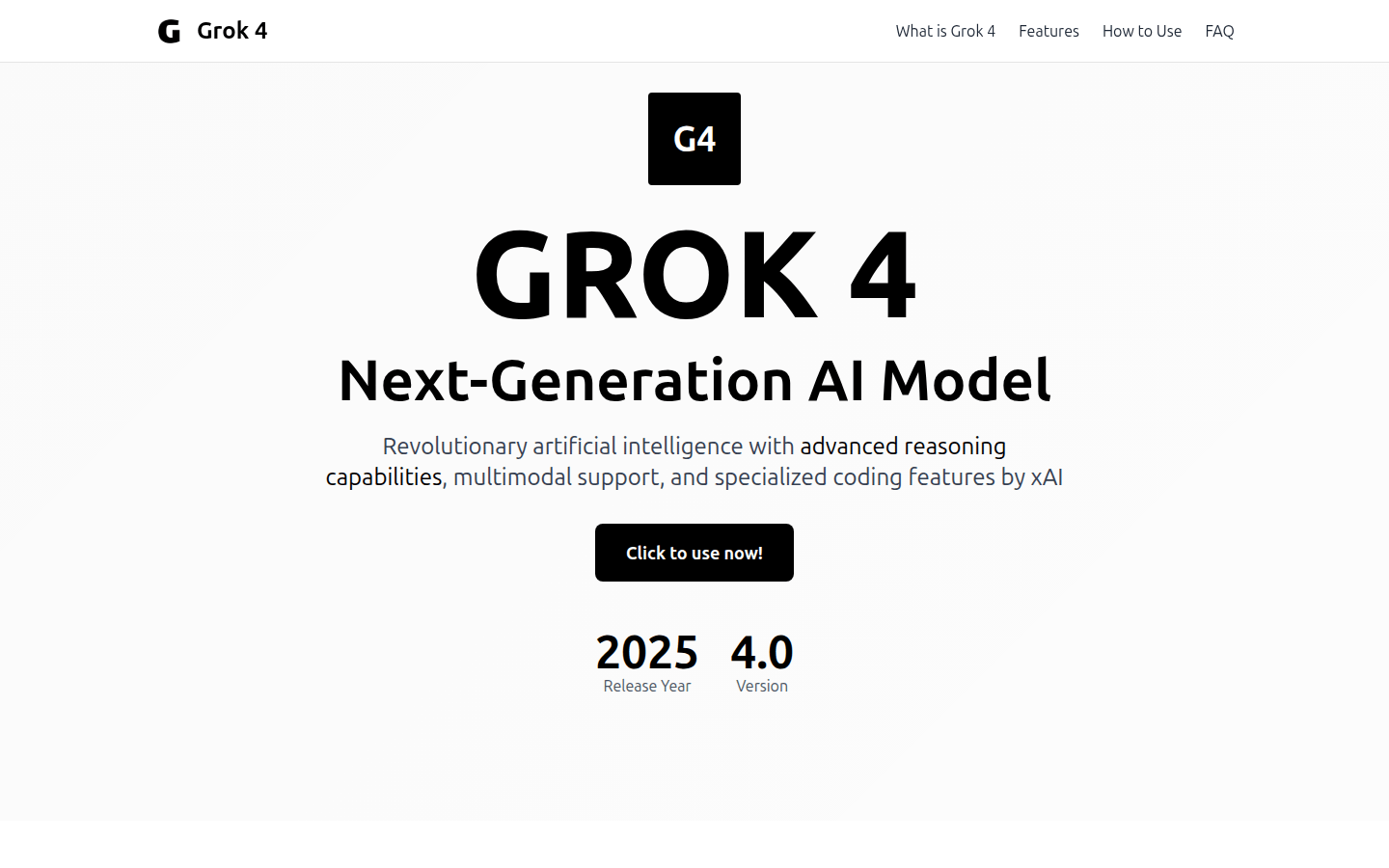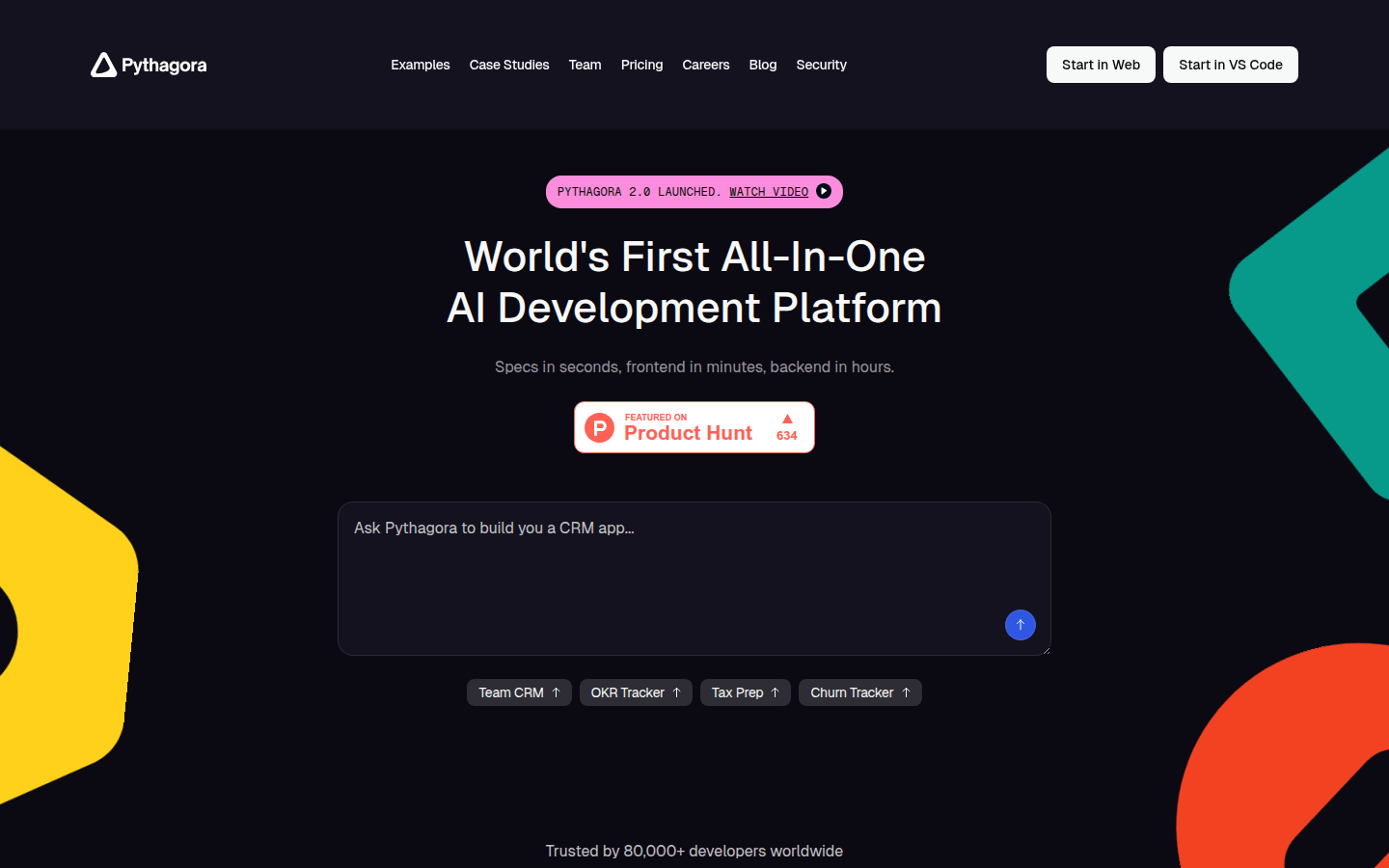Phi-4
Microsoft's latest small language model focuses on complex reasoning

Product Details
Phi-4 is the latest member of Microsoft's Phi series of small language models. It has 14B parameters and is good at complex reasoning fields such as mathematics. Phi-4 strikes a balance between size and quality by using high-quality synthetic datasets, curated organic data, and post-training innovations. Phi-4 embodies Microsoft's technological progress in the field of small language models (SLM) and pushes the boundaries of AI technology. Phi-4 is currently available on Azure AI Foundry and will be available on the Hugging Face platform in the coming weeks.
Main Features
How to Use
Target Users
Phi-4 is targeted at AI developers, data scientists, and machine learning researchers. It is suitable for them because it provides a small but powerful language model capable of performing complex inference tasks in resource-constrained environments while maintaining high-quality output.
Examples
Phi-4 can be used to develop AI applications that can solve mathematical problems.
Phi-4 can be integrated into educational software to help students solve complex math problems.
Phi-4 can be used in the financial field for risk assessment and predictive analysis.
Quick Access
Visit Website →Categories
Related Recommendations
Discover more similar quality AI tools

Gpt 5 Ai
GPT 5 is the next milestone in the development of AI, with unparalleled capabilities. Benefits include enhanced reasoning, advanced problem-solving, and unprecedented understanding. Please refer to the official website for price information.

Grok 4
Grok 4 is the latest version of the large-scale language model launched by xAI, which will be officially released in July 2025. It has leading natural language, mathematics and reasoning capabilities and is a top model AI. Grok 4 represents a huge step forward, skipping the expected Grok 3.5 version to speed up progress in the fierce AI competition.

DataLearner pre-training model platform
This platform is a resource platform focusing on AI pre-training models, integrating a large number of pre-training models of different types, scales and application scenarios. Its importance lies in providing AI developers and researchers with convenient access to models and lowering the threshold for model development. The main advantages include detailed model classification, powerful multi-dimensional filtering function, detailed information display and intelligent recommendations. The product background is that with the development of AI technology, the demand for pre-trained models is growing day by day, and the platform emerged as the times require. The platform is mainly positioned as an AI model resource platform. Some models are free for commercial use, and some may require payment. The specific price varies depending on the model.

Pythagora
Pythagora is an all-round AI development platform that provides real debugging tools and production capabilities to help you launch practical applications. Its main advantage is that it provides powerful AI development capabilities to make applications more intelligent.

DeepSeek R1-0528
DeepSeek R1-0528 is the latest version released by DeepSeek, a well-known open source large model platform, with high-performance natural language processing and programming capabilities. Its release attracted widespread attention due to its excellent performance in programming tasks and its ability to accurately answer complex questions. This model supports a variety of application scenarios and is an important tool for developers and AI researchers. It is expected that more detailed model information and usage guides will be released in the future to enhance its functionality and application breadth.

DMind
DMind-1 and DMind-1-mini are domain-specific large-scale language models for Web3 tasks, providing higher domain accuracy, instruction following capabilities, and professional understanding than other general-purpose models. Fine-tuned with expert-curated Web3 data and aligned with human feedback through reinforcement learning, DMind-1 is suitable for complex instructions and multi-turn conversations, and is suitable for areas such as blockchain, DeFi and smart contracts. DMind-1-mini, as a lighter version, is designed to meet real-time and resource-efficient application scenarios, and is especially suitable for agent deployment and on-chain tools. Product pricing and specific information require further confirmation.

ZeroSearch
ZeroSearch is a novel reinforcement learning framework designed to motivate the search capabilities of large language models (LLMs) without interacting with actual search engines. Through supervised fine-tuning, ZeroSearch transforms LLM into a retrieval module capable of generating relevant and irrelevant documents, and introduces a course rollout mechanism to gradually stimulate the model's reasoning capabilities. The main advantage of this technology is that it outperforms models based on real search engines while incurring zero API cost. It is suitable for LLMs of all sizes and supports different reinforcement learning algorithms, making it suitable for research and development teams that require efficient retrieval capabilities.

DeepSeek-Prover-V2-671B
DeepSeek-Prover-V2-671B is an advanced artificial intelligence model designed to provide powerful inference capabilities. It is based on the latest technology and suitable for a variety of application scenarios. This model is open source and aims to promote the democratization and popularization of artificial intelligence technology, lower technical barriers, and enable more developers and researchers to use AI technology to innovate. By using this model, users can improve their work efficiency and promote the progress of various projects.

Xiaomi MiMo
Xiaomi MiMo is the first large-scale reasoning model open sourced by Xiaomi. It is specially designed for reasoning tasks and has excellent mathematical reasoning and code generation capabilities. The model performed well on the public evaluation sets of mathematical reasoning (AIME 24-25) and code competition (LiveCodeBench v5), surpassing larger-scale models such as OpenAI's o1-mini and Alibaba Qwen's QwQ-32B-Preview with only 7B parameter scale. MiMo significantly improves reasoning capabilities through multi-level innovations in the pre-training and post-training stages, including data mining, training strategies, and reinforcement learning algorithms. The open source of this model provides researchers and developers with powerful tools and promotes the further development of artificial intelligence in the field of reasoning.

Arkain
Arkain is a CDE service designed to maximize developer and team productivity. It provides powerful collaboration capabilities to develop and deploy services anytime, anywhere.

Qwen3
Qwen3 is the latest large-scale language model launched by the Tongyi Qianwen team, aiming to provide users with efficient and flexible solutions through powerful thinking and rapid response capabilities. The model supports multiple thinking modes, can flexibly adjust the depth of reasoning according to task requirements, and supports 119 languages and dialects, making it suitable for international applications. The release and open source of Qwen3 will greatly promote the research and development of large-scale basic models and help researchers, developers and organizations around the world use cutting-edge models to build innovative solutions.

XcodeBuildMCP
XcodeBuildMCP is a server that implements the Model Context Protocol (MCP), designed for programmatic interaction with Xcode projects through a standardized interface. The tool eliminates reliance on manual operations and potentially erroneous command line calls, providing developers and AI assistants with an efficient and reliable workflow. It streamlines the development process by allowing AI agents to automatically verify code changes, build projects, and check for errors.

GPT-4.1
GPT-4.1 is a family of new models that provide significant performance improvements, particularly in encoding, instruction following, and processing long text contexts. Its context window expands to 1 million tokens and performs well in real-world applications, making it suitable for developers to create more efficient applications. This model is relatively low-priced and offers fast response times, making it more efficient when developing and executing complex tasks.

GLM-4-32B
GLM-4-32B is a high-performance generative language model designed to handle a variety of natural language tasks. It is trained using deep learning technology to generate coherent text and answer complex questions. This model is suitable for academic research, commercial applications and developers. It is reasonably priced and accurately positioned. It is a leading product in the field of natural language processing.

Skywork-OR1
Skywork-OR1 is a high-performance mathematical code reasoning model developed by the Kunlun Wanwei Tiangong team. This model series achieves industry-leading reasoning performance under the same parameter scale, breaking through the bottleneck of large models in logical understanding and complex task solving. The Skywork-OR1 series includes three models: Skywork-OR1-Math-7B, Skywork-OR1-7B-Preview and Skywork-OR1-32B-Preview, which focus on mathematical reasoning, general reasoning and high-performance reasoning tasks respectively. This open source not only covers model weights, but also fully opens the training data set and complete training code. All resources have been uploaded to GitHub and Huggingface platforms, providing a fully reproducible practical reference for the AI community. This comprehensive open source strategy helps promote the common progress of the entire AI community in reasoning ability research.

Dream 7B
Dream 7B is the latest diffusion large language model jointly launched by the NLP Group of the University of Hong Kong and Huawei's Noah's Ark Laboratory. It has demonstrated excellent performance in the field of text generation, especially in areas such as complex reasoning, long-term planning, and contextual coherence. This model adopts advanced training methods, has strong planning capabilities and flexible reasoning capabilities, and provides more powerful support for various AI applications.